How to Significantly Improve Student Engagement and Retained Learning in Higher Education
Faculty Focus
MAY 29, 2025
First, all students, regardless of their SES (socio-economic status) standing, showed significantly higher levels of retained learning than the control group which used the time-honored lectures, basic active learning techniques, and case approaches. What are the Necessary Steps to Specifically Help SES Students?


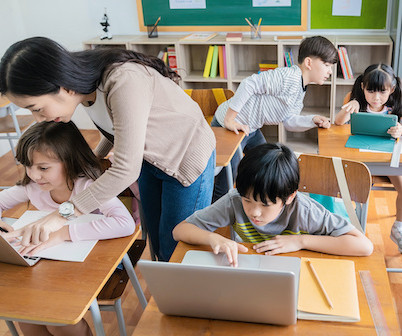
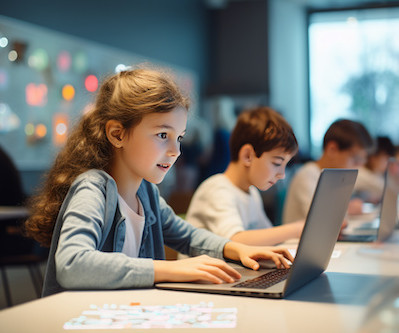
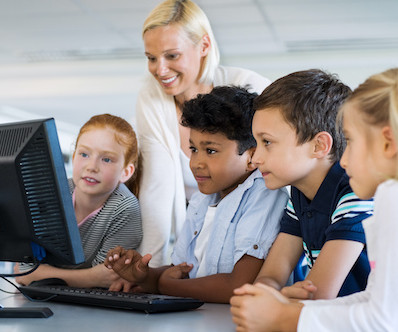
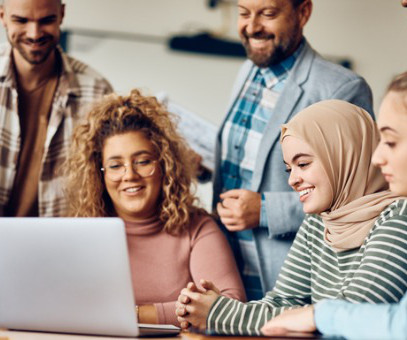


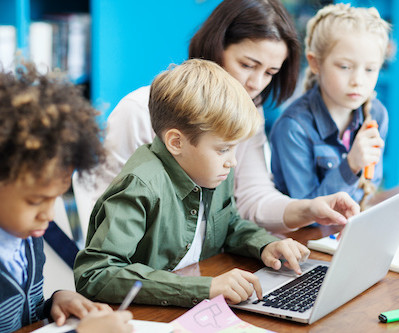
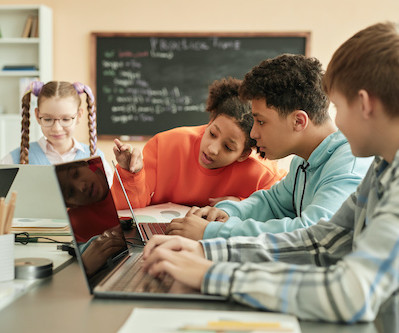


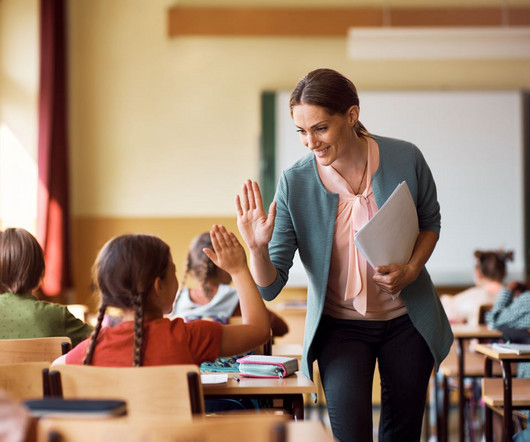







Let's personalize your content